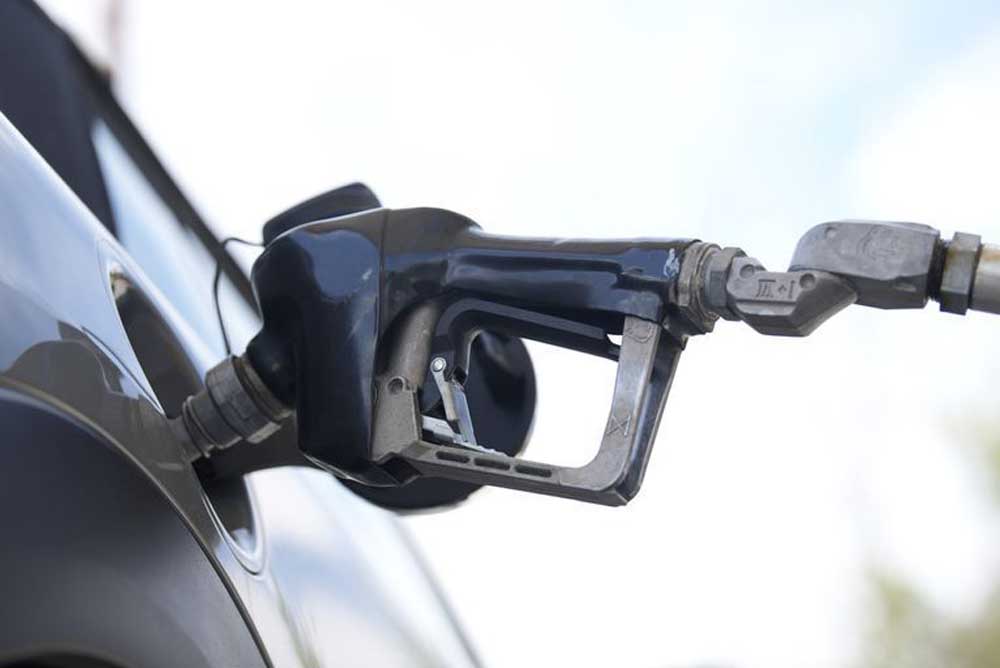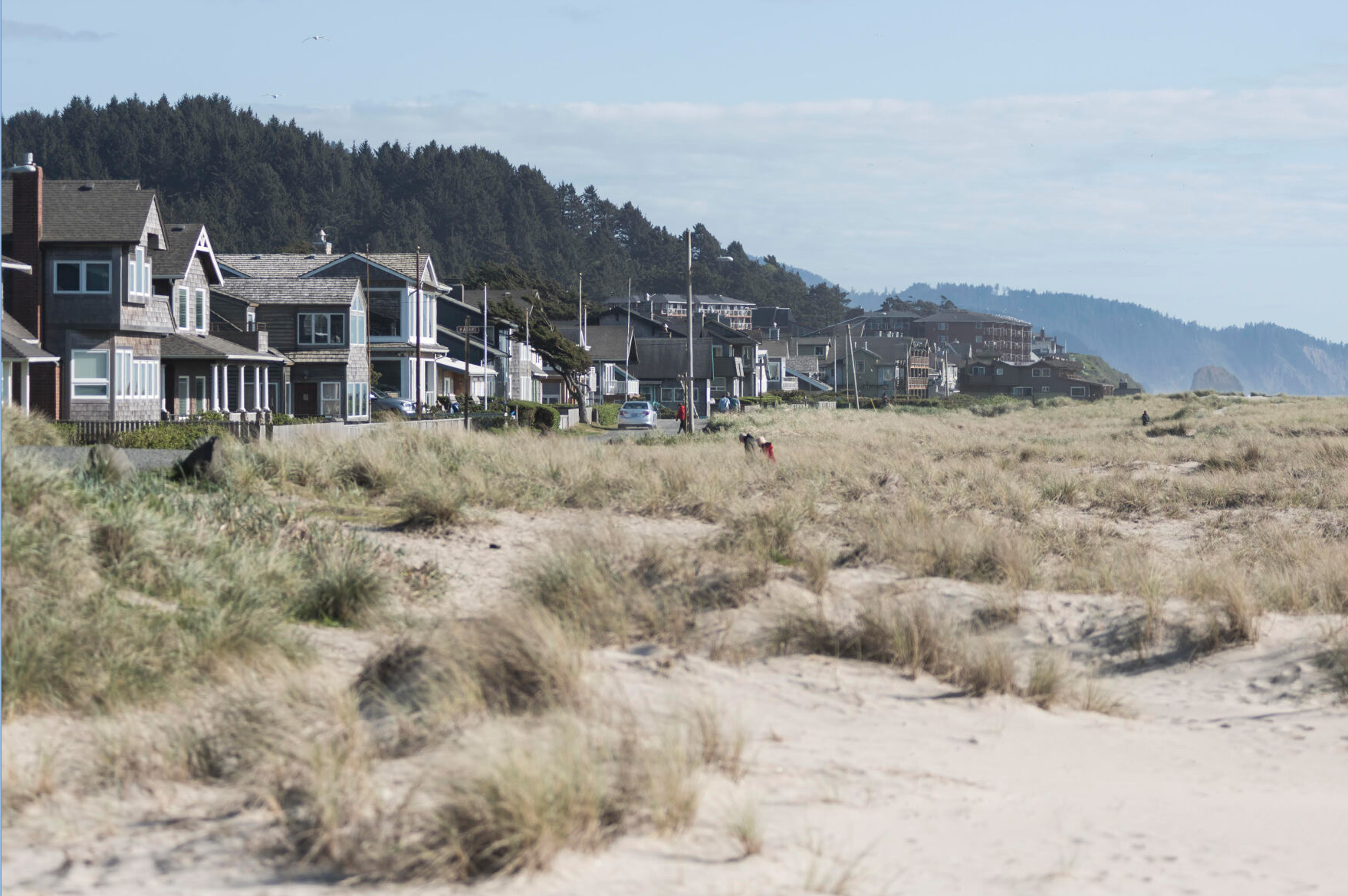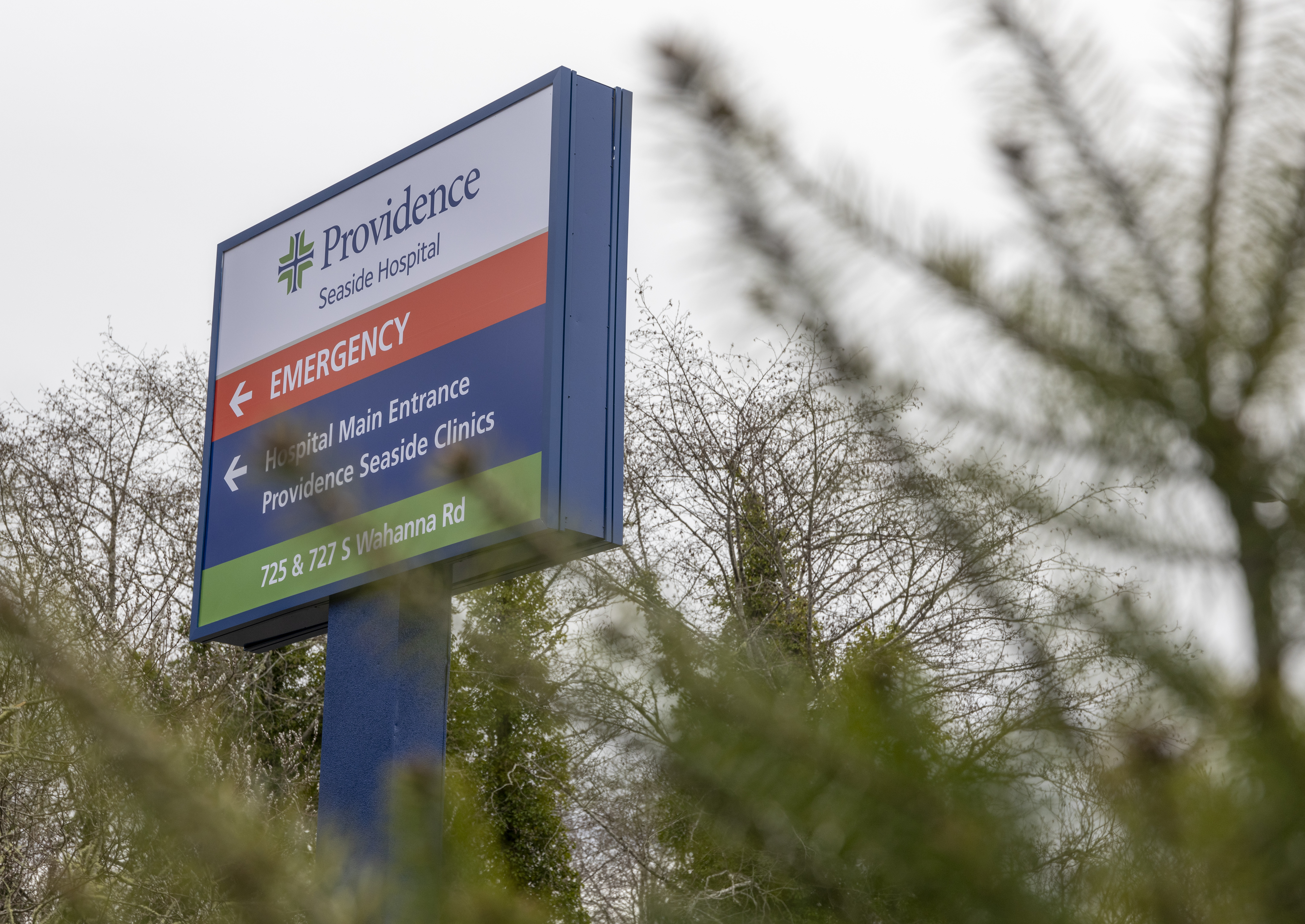Washington gas prices aren’t falling as much as other states
Published 6:03 pm Sunday, July 23, 2023

- Higher gas prices in Washington state may be fueled by cap-and-trade auctions.
Washington state remains No. 1 in high gas prices and also has so far largely missed out on seeing fuel prices decline after hitting historic heights last summer.
Trending
Washington gas prices, apparently fueled by cap and trade, surpassed California’s in mid-June. The lead stretched to 16 cents a gallon in late June, but on Tuesday was down to about 3 cents a gallon.
Washington, however, remains far and away the nation’s leader in another fuel-price category — “smallest change” in prices in the past year, according to AAA.
Regular unleaded on July 18 was 29.8 cents a gallon cheaper in Washington than a year ago. In all other states, prices have dropped by at least twice as much.
Trending
In Oregon, the state with the second-smallest decline, the price of gas has gone down by 68.3 cents a gallon. Nationally, gasoline has dropped 95.8 cents a gallon. In California, gas is down 99.2 cents.
Washington has had a similar experience with diesel. The average price of diesel has fallen by $1.32 in the past year, but in only Hawaii have diesel prices fallen less. Nationally, diesel is down $1.67 a gallon.
Why haven’t prices dropped more?
AAA has no explanation for why fuel prices have dropped less in Washington than in other states, an AAA spokeswoman said in an email.
Washington’s move toward the top in gas prices coincided with the Jan. 1 implementation of cap and trade. In the first six months of the program’s existence, the state has raised $857 million in two cap-and-trade auctions.
Oil companies must bid for carbon-emission allowances and are presumably passing along at least some of the new cost in the wholesale price of fuel.
The Western States Petroleum Association, citing industry analysts, estimated this month that cap and trade is adding 50 cents to a gallon of gas in Washington.
The petroleum association estimated in June that California’s cap-and-trade program was adding 26 cents a gallon to gasoline.
The difference stems from the price of carbon-emission allowances in the two states.
Washington allowances are in high demand, including from financial firms betting the allowances will increase in value as the “cap” on emissions is lowered. In the last auction, allowances went for $56.01 apiece, much higher than pre-auction projections.
In California’s most recent cap-and-trade auction, allowances sold for only $30.33. It’s not surprising analysts would conclude cap and trade is having a bigger impact on fuel prices in Washington than in California.
High cap-and-trade allowance prices are a windfall for state government, but makes fossil fuels more expensive for either the fuel producer or the fuel user or both.
Many factors impact prices
Several factors make up fuel prices. The U.S. Energy Information Administration reported in May that the price of crude oil made up 49% of the cost of gasoline nationally.
Refining accounted for 21% and distributing and marketing contributed 15% toward the pump price, according to the Energy Information Administration. Taxes and fees made up the rest.
Cap and trade introduced a new and frequently changing fee in Washington. It’s just not clear what the fee is and who’s paying it.









